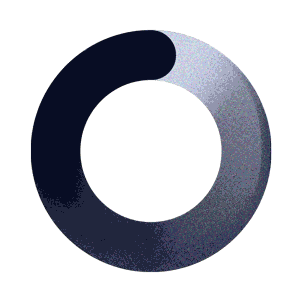About
If the past is anything to go by, the most exciting and surprising scientific discoveries of the 21st century will likely involve a good chunk of accidental breakthroughs.
Those not accidental will likely involve large amounts of rapid iterative pilot testing. However, these two dimensions of conducting science are not formally part of the classical scientific method, and are routinely absent in many school and university courses and textbooks. Agile Science represents a practical guide to both practising and reporting scientific discoveries. It aims to boost scientific discovery, while increasing the efficiency of science through lean practice and provides a template for transparently reporting how discoveries are actually made.
It was late at night; the work was slow, meticulous but important. David Hubel and Torsten Wiesel were working hard to discover the neural code of the brain. They had spent countless hours methodically flashing dots of light on a screen to see if neurons in an animal’s visual cortex reacted. After trying many different stimuli and cortical cells and only getting weak responses, things were not looking good. But just as they were putting the next slide into the projector (this was before computers) something shocking happened – they heard a loud crackling sound that “went off like a machine gun” – it was the ‘sound’ of neural activity.
Most science students and the general public hold the notion that science is unidirectional. An experiment is carefully planned out, executed, and the data analysed and reduced to a simple dichotomy of significance. In other words, it either works or does not. In reality the scientific method can deviate substantially from this. Often, countless pilot studies are run, each time particular parameters are adjusted or tweaked, until the pilot data starts to look interesting. In other words, the straightforward unidirectional methods of science often taught to students and what actually occurs in the lab are two very different things.
These rapid iterative loops of pilot experiments are analogous to the agile development movement that has radically changed business, product development and entrepreneurial start up. The Lean Startup by Eric Ries, for example, describes how businesses that would have otherwise shutdown were able to find success using rapid agile pilot ‘experiments’ analogous to those run in science. An important element of all these rapid agile experiments is the constant possibility of a pivot (a directional turnaround). If it unexpectedly turns out that the business is successful at an unintended purpose, operators will likely perform a pivot. In the world of science, a ‘pivot’ is the point at which the experiment can go off in a new unexpected direction – chasing a potential Black Swan.
In much the same way that the world’s most successful research labs probably already have a framework for catalysing Black Swans, many of the world’s most successful companies probably had a lean startup style philosophy. However, the lean startup movement was so effective because it was aimed precisely at the startup businesses that did not already have that philosophy inbuilt. Likewise, the Discovery Science framework could be effective in boosting scientific discovery in settings that currently do not have such a framework inbuilt.
Agile Science is a practical guide to both practising and reporting scientific discoveries. It aims to boost scientific discovery, while increasing the efficiency of science through lean practice providing a template for transparently reporting how discoveries are actually made. It is ‘Lean startup’ for science.


